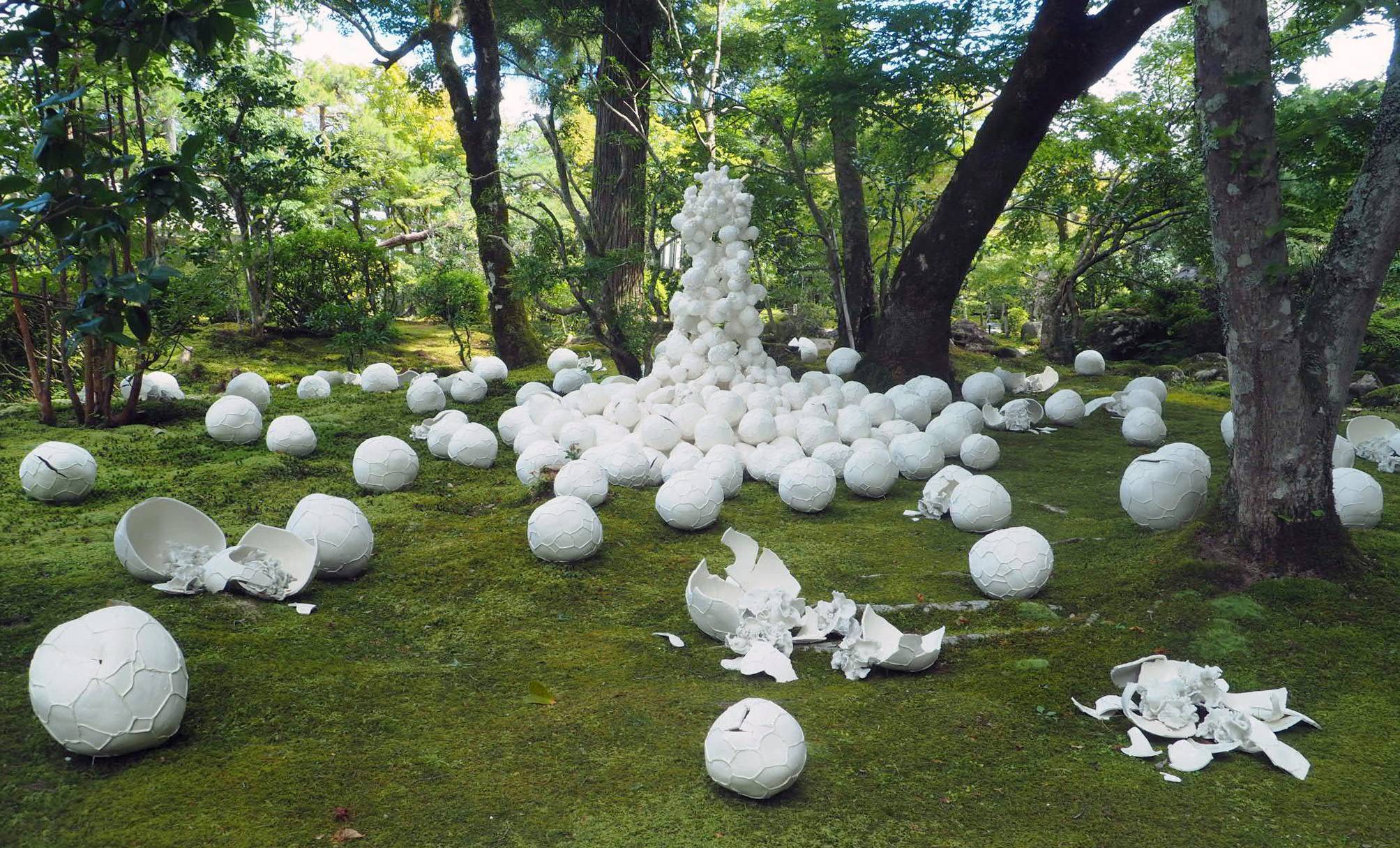The past year appears to have been one of evolving, socially conscious design. Since the COVID-19 pandemic, changes in lifestyle and increased environmental awareness have made Japan’s predilection for natural materials — wood, leather, stone and earth — even more prominent in product design. Plenty of natural-style homeware goods were launched, with some creators exploring new renewable and recycled materials. The boundaries between manufacturing, craft, contemporary design and fine art were also blurred further as small businesses and factories teamed up with designers and regional events.
Sustainability to stay
Recycling materials has cropped up in the past, often in projects that repurpose waste products into goods such as Komatsu Matere’s use of offcuts and leftover textiles for its Mate-Mono brand of bags and Newsed’s accessories made from the offcuts of glasses frame factories. Until recently, however, breaking down waste into an ingredient for a new material seemed limited to reprocessing PET bottle plastic and other synthetics into fibers for textiles.
















With your current subscription plan you can comment on stories. However, before writing your first comment, please create a display name in the Profile section of your subscriber account page.